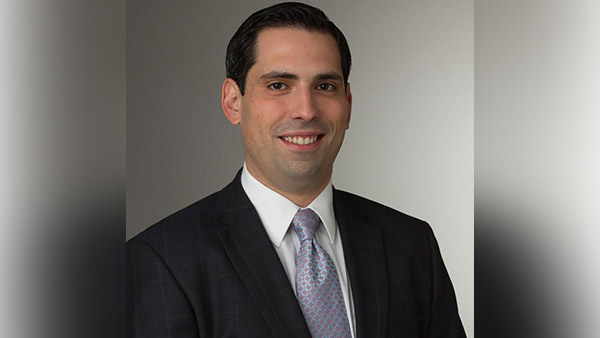
 Before your client retires, have a plan to deal with ill-timed market downturns.
Before your client retires, have a plan to deal with ill-timed market downturns.
In this series, we provide our readers with two distinct perspectives on the same topic — one from an academic, the other from a practicing financial advisor.
If you have a question or two, please send them to us.
Check out the previous column here.
QUESTION: How do you manage sequence of returns risk in retirement planning?
THE ADVISOR — JOE ELSASSER, CFP, PRESIDENT, COVISUM:
Essentially, sequence of returns risk is the probability that a dip in the markets may occur early in retirement. Since most retirees must take withdrawals from their savings to fund retirement, taking withdrawals through a significant down market early in retirement may create a situation where there is not enough remaining in the portfolio to participate in a recovery and put the client back on solid footing.
There are a variety of ways to manage sequence of returns risk in retirement, and they all start with a reasonable expectation of whether the client is actually at risk or not — and if so, to what extent. A client who has 95% of her retirement income needs met through pensions and Social Security and is completely comfortable cutting 5% of spending out of her lifestyle faces essentially no sequence of returns risk. A retiree who has 30% of his needs covered by guaranteed income sources (mostly stock portfolio) and needs to withdraw 5% of his portfolio a year is highly subject to sequence of returns risk.
Remember people don't experience risk, which is the impact of an event multiplied by its probability. People experience events, so identifying a typical bad case, then testing whether the client's outcomes are acceptable is far more important than a "probability of success."
- First, identify all guaranteed income sources and the timing of when each begins.
- Second, identify how much will need to be withdrawn from the portfolio each year to supplement the guaranteed sources.
- Third, determine a reasonable estimate of the portfolio's drawdown — i.e., if we got another 2008-2009, how much could their portfolio lose?
- Fourth, determine whether their needs could still be met, even after a bad scenario.
If the answer is yes, you likely don't need to go much further. If the answer is no, it's time to do some contingency planning.
- How much lifestyle reduction is reasonable or possible?
- Are there ways assets could be repositioned to low-volatility investments to fund the early years of retirement?
- Does the client have "parachutes" they could pull in a bad case, such as changing a Social Security election strategy, choosing a different pension option or considering a reverse mortgage? Are the long-term impacts of using any of these parachutes acceptable?
- Returning to work may be an option as well, but prospects for work obviously change during recessions, so a better option may be to take or continue part time work before there is a need for it, solidifying the footing before an event materializes.
In short, there are a host of ways to prepare for sequence of returns risk. They all start with understanding the client's unique exposure, then the choosing the technique or blend of techniques you use to manage the exposure.
THE QUANT — RON PICCININI, PH.D., DIRECTOR OF PRODUCT DEVELOPMENT, COVISUM:
Sequence risk is the risk that a retiree will not be able to sustain a fixed standard of living using distribution from a portfolio of volatile assets. In the event that the portfolio experiences large negative returns early on, the result could be a dramatic depletion of assets that cannot be recovered from.






